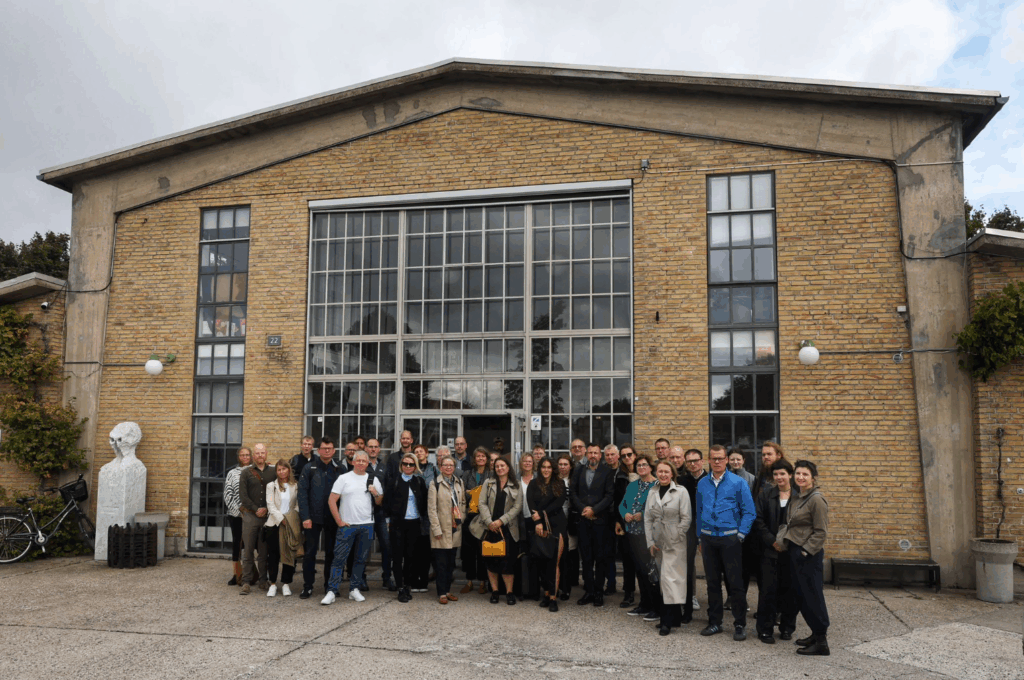How are GHG emission savings calculated in energy communities?
To understand the environmental impact of energy communities, it is essential to quantify how much greenhouse gas (GHG) emissions they help avoid. This calculation provides a clear picture of the benefits of switching from fossil fuels to renewable energy. The process typically involves a few key steps:
1. Establishing the baseline
Estimate the emissions that would occur if the same amount of energy were produced using conventional fossil fuel sources (e.g., coal, gas).
3. Applying emission factors
Use standard emission factors (e.g., grams of CO₂ per kWh) for conventional energy generation to assess avoided emissions.
2. Measuring renewable energy production
Quantify the electricity or heat (in kWh or MWh) generated by the community from renewable sources such as solar, wind, or biomass.
4. Calculating the difference
The avoided GHG emissions are the difference between the baseline and actual emissions from renewable sources (often zero or near-zero).
Why is measuring GHG savings important?
- Proven climate impact
Provides concrete evidence of the community’s contribution to emission reduction goals and the energy transition. - Trust & transparency
Demonstrates accountability to local citizens, stakeholders, and investors. - Access to funding
Many EU and national funding schemes require clear environmental impact data, including GHG savings. - Guided decision-making
Helps optimize energy production, improve efficiency, and identify areas for further development or investment.
Benefits of tracking emissions and GHG savings in energy communities
Enhances public awareness, ownership, and motivation to participate in local energy solutions
Directs investment decisions, reduces energy costs, and fosters local job creation
Helps improve air quality and reduce the carbon footprint on a measurable scale
Supports applications for grants, subsidies, and participation in green finance initiatives
Positions municipalities and cooperatives as climate leaders and innovators
Energy communities are more than clean energy producers – they are drivers of measurable climate action. Tracking GHG savings empowers communities to communicate their impact, attract support, and lead the local energy transition with credibility.
TerGo’s solution for energy communities
As a greenhouse gas emission management expert, TerGo is developing a user-friendly calculator tailored for energy communities to accurately measure and monitor their GHG emission savings. The tool will enable communities to estimate avoided emissions based on various renewable energy production scenarios – solar, wind, biomass, and more, while accounting for local energy mixes and national emission factors. What sets TerGo’s solution apart is the integration of dynamic emission factors and scenario modeling, allowing users to compare the environmental benefits of different investment options over time. In addition, the calculator will provide reliable results and visualizations that communities can use to demonstrate their impact to members, funders, and public authorities. TerGo’s deep expertise in emission accounting ensures that the tool meets both scientific standards and the practical needs of citizen-led energy initiatives.






